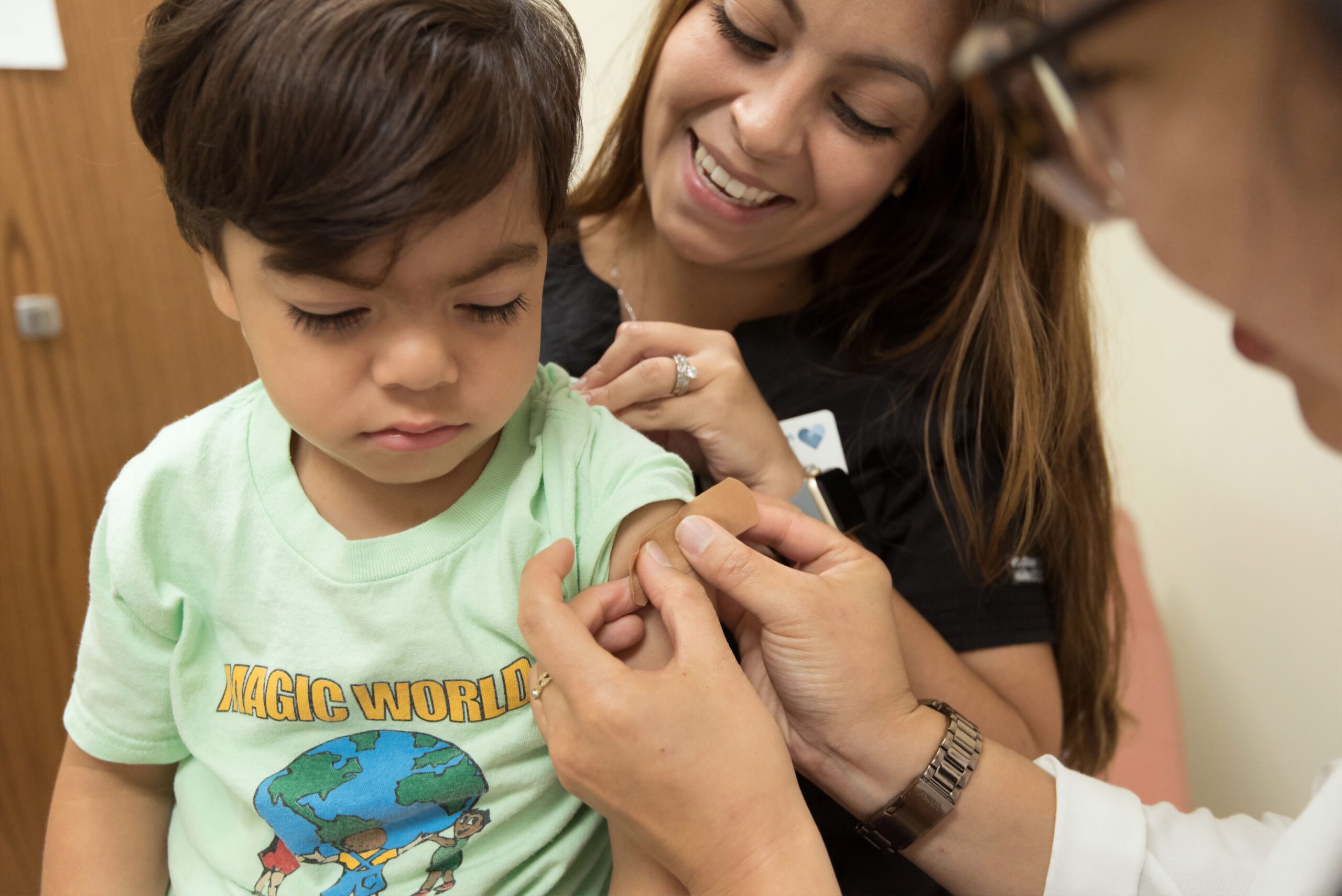Lindsay Mitchell
Lindsay Mitchell has been researching and commenting on welfare since 2001. Many of her articles have been published in mainstream media and she has appeared on radio, tv and before select committees discussing issues relating to welfare. Lindsay is also an artist who works under commission and exhibits at Wellington, New Zealand, galleries.
Thursday Health NZ, Te Whatu Ora, released its latest report on childhood immunisation which includes longstanding vaccinations against the likes of diphtheria, polio, tetanus, whooping cough, chickenpox, measles, mumps and rubella.
Compared to other ethnicities, Maori children have had consistently lower immunisation rates which the report says, “…leave tamariki Maori disproportionately vulnerable and exposes Aotearoa to significant risk of vaccination-preventable disease outbreak through inadequate herd immunity.”
A concerted effort was embarked upon in 2009 to lift immunisation rates. It formed one of National’s Better Public Service targets (later dropped by the incoming Labour government). The result was positive:

Maori and Pacific rates climbed markedly as did, unsurprisingly, the rate in the poorest deciles (Dep 9-10)
The next graph, from today’s report, shows immunisation by age 2, a slightly different but relevant parameter:

Apart from Asian children the gains made have been lost. Some of this is due to the vaccinator workforce being diverted into covid work. However the decline – particularly for Maori – began around 2017.
The current rates are now described as a “crisis”. What has happened?
The “barriers” to vaccination are claimed to be poverty, racism, lack of trust and safety concerns.
Despite the vaccines being free, poverty affects rates in every group except Asians, who even in the highest deprivation deciles mostly manage to get their child immunised:

According to the report: “Despite childhood immunisations being free, costs are associated with getting to vaccinations, such as transport, time off employment and family members owing money to practices. Clinic times often clash with work, school pickups, availability of child-minding for children not requiring vaccination at the same time, or other whanau responsibilities.”
Yet there is a group who show none of this matters. Perhaps instead of excuse-making, policy-makers could focus on the Asian communities and why poverty doesn’t affect their vaccination decisions and actions.
The next ‘barrier’ is racism characterized by “mono-cultural institutions which simply ignore and freeze out the cultures of those who do not belong to the majority” . Asians aren’t frozen out though.
In another twist of logic, because Pacific vaccination rates are better than Maori, yet Pacific families live with “worse deprivation”, this “persistent gap can only be explained by systemic racism.”
So the racism is only directed towards Maori.
What are we to believe then? That racism against Maori declined up until the period 2014-17 when two year immunisation coverage for Maori children was 92-93 per cent but it has reappeared since?
Racism is a red herring.
As such it will be far more than a mere irritant if – or when – a childhood epidemic breaks out and Maori children die.
To avoid that tragic eventuality health promoters should quit with bogus excuses and take a hard look at why one group of parents, in spite of all of the so-called “barriers” overwhelmingly safeguard their young against diseases that may be deadly.

